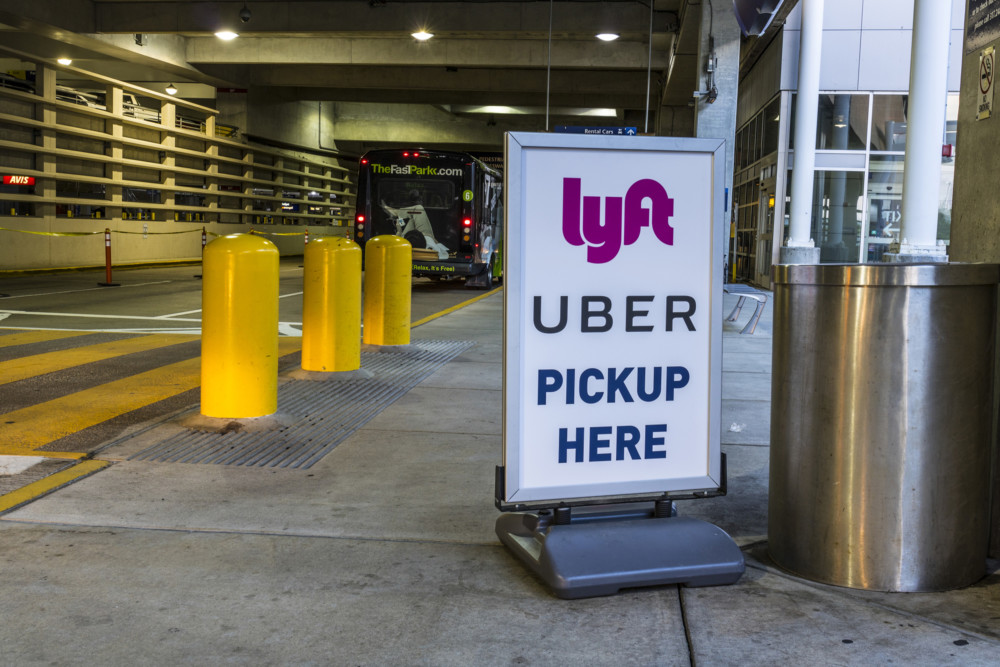By Michael Hiltzik
Los Angeles Times
WWR Article Summary (tl;dr) What is being done or could be done to help secure the retirement and benefits of gig workers?
Los Angeles Times
The U.S. Chamber of Commerce wants you to know that it’s deeply concerned about the retirement prospects of workers in the “gig economy,” especially those drivers, housecleaners and other such menials who make their living by connecting with clients via online apps.
“There should be a focus on enhancing the ability of the participants in this new economy to benefit from their entrepreneurial activities and establish a foundation for their own secure retirement.” Those are the words of Camille Olson, a lawyer for the Chamber, delivered as testimony last week to the Senate Committee on Health, Education, Labor and Pensions.
You might think of them, however, as providing a new definition for the term “crocodile tears.”
The Chamber’s devotion to the retirement security of gig workers is all talk. Olson’s apparent goal was to urge Congress to provide for more “flexibility” in retirement options for workers so any such benefits don’t trigger reclassification of those workers as “employees.” In other words, she argued in favor of allowing businesses to squeeze their workforces ever harder, stripping away all the job security and benefits that come with official employment.
Another witness on the committee’s panel was having none of it. Economist Monique Morrissey of the labor-oriented Economic Policy Institute explained the drawbacks from employers’ “avoiding legal responsibility for these workers,” including the workers’ inability to maintain their standard of living in retirement, lower wages and lower Social Security.
Morrissey threw cold water on employers’ claims that the novel “gig” arrangements are incompatible with traditional employment benefits. First of all, she observed, these arrangements are not so novel. Second, they’re really just stratagems to cut labor costs. “They should already be employees,” she said of “independent contractors” employed by companies such as Uber and Lyft. “I don’t have any sympathy for companies who want it both ways.”
One doesn’t have to read too deeply into the Chamber’s testimony to recognize that it’s not actually in favor of providing gig workers with actual benefits, that is, employer-paid benefits.
Olson acknowledged that fear of retirement insecurity is rife among gig workers; 33 percent in a recent poll identified retirement planning as a “top challenge,” she testified. What’s the Chamber’s solution? Better “financial and retirement education,” she said. Most gig workers “do not take advantage of existing self-initiating and self-funded and administered retirement vehicles of Keoghs and IRAs… due to a lack of knowledge and education.” One factor she doesn’t mention is that they may not invest in these retirement plans because, after receiving a minimum wage or less and paying for their own equipment, tools, work clothes, and gas and vehicle maintenance, they may not have enough money left over to invest.
Olson passed the ball to Congress to create “retirement savings vehicles and incentives,” but doesn’t say much about employer contributions, which obviously are key. She left the impression that some gig employers might contribute if only doing so wouldn’t open the door to some government regulator declaring the workers “employees.”
Does the Chamber of Commerce really care about the benefits of Uber and Lyft drivers or app-enabled housecleaners?
The evidence says no. Consider its legal attack on a Seattle ordinance allowing Uber and Lyft drivers to unionize. This is the Chamber’s highest-profile expression of solicitude for “gig” workers. After the Chamber sued (on behalf of Lyft, Uber and a third transportation company) to block the ordinance, a federal judge put the measure on ice pending an appeal.
In its appeals court brief, the Chamber says the Seattle ordinance would allow drivers to engage in “price-fixing” and would enable them “to form a union to collude on the prices and terms of their contracts with third parties that provide ride-referral services.”
See what the Chamber did there? It redefined organizing a union as “price-fixing” and “collusion,” as though it isn’t Uber and Lyft that fix the fees charged drivers for using their apps and fix the fares the prices drivers can charge passengers they pick up via those apps. No, but a union negotiating such fees with Uber and Lyft? That’s price-fixing.
One issue seldom aired in the debate over whether gig workers should be classified as employees is the actual character of independent work. The Chamber likes to lump the estimated 40 million workers in that category together, which allows it to claim, as Olson did, that independent workers have “the opportunity to optimize special skills and talents.” That glosses over the fact that the independent workforce comprises lawyers, doctors, software engineers and start-up entrepreneurs, along with drivers and office temps.
Morrissey pointed out, however, that the latter account for a relatively small share of America’s workers, 0.5 percent, or about 770,000 people, even though “companies like Uber, Lyft, Etsy, Airbnb and TaskRabbit loom large in people’s imaginations.” But it’s those workers who are especially disadvantaged by getting deprived of the benefits of traditional employment.
The real problem, she testified, is that lower-income workers have less disposable income and get less help saving for retirement even if they’re formally employed. The solution isn’t more “financial education,” it’s real help, through expanding Social Security, supporting state-sponsored retirement accounts and “tightening rules and enforcement to prevent the misclassification of workers as independent contractors.”














































































































































































































































































































































































